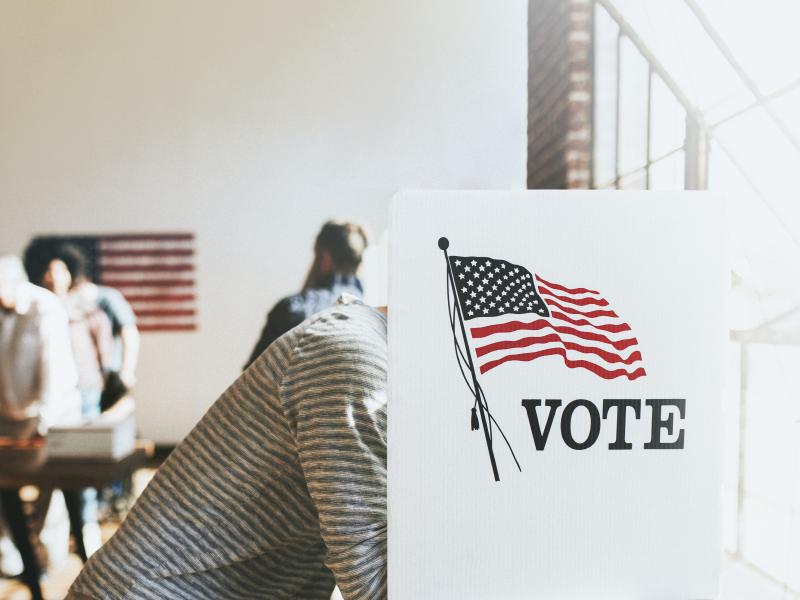
One significant piece of conventional wisdom that got turned on its head in 2020 was that higher turnout — especially among voters of color in states like Texas, Floria and Nevada — would solely benefit Democrats. Instead, many of these new voters, often younger and not typically engaged in politics, voted for Donald Trump and/or the GOP in down-ballot races.
A prime example of this phenomenon took place in Nevada. A new deep-dive demographic analysis of the 2020 results in the state by the Democratic political data firm Catalist, found that the Silver State “stands out as having the highest portion of first-time voters (21%) and new presidential voters (17%) of any battleground state.” In this state that has voted Democratic in every presidential election since 2008, turnout increased 30 percent from 2016. On its face, that would seem to be a good thing for Democrats. Even so, Biden’s margin of victory was exactly the same as Clinton’s. “In many ways, Nevada encapsulates some of the most conventional-wisdom-defying aspects of the 2020 election cycle,” writes Catalist’s Jonathan Robinson, “with dramatic increases in turnout and a fast diversifying electorate resulting in a similarly narrow victory in the state.” In fact, Biden carried the state by a similar margin as Clinton, even as his margin of victory among Latino voters was nine points lower than that of Clinton four years earlier (60 percent compared to Clinton’s 69 percent).
But was this just a one-off kind of thing, or is it the start of a trend? Catalist found a much bigger drop in support for Democrats from Latinos between 2016 and 2020 (69 percent to 60 percent) than during any other time in the last eight years. Catalist also found that the drop in support for Democrats in 2020 was more significant among Latino women than Latino men. Support for Democrats in 2020 among Latinas was 11 points lower than it was for Democrats in 2016. Among Latino men, the drop in support was a significant but smaller six points. Even so, it’s possible that the 2016 number was the real outlier. That year, 76 percent of Latinas supported Democrats, the highest level of support for Democrats over the last four elections.
The other question is whether these new voters remain engaged in elections to come? Midterm elections traditionally see a drop-off in younger voters and voters of color. Moreover, given their lack of partisan attachments, these voters are less influenced by traditional political cues and messaging.
Will that be the case in 2022 — and who will that help?
A “normal” midterm usually means an older and whiter electorate. But, it also means a more educated electorate. For example, according to Catalist data, 40 percent of the electorate in 2018 was college-educated, a 3-point jump from 2016. Meanwhile, the share of the electorate that was non-college educated dropped from 61 to 60 percent. Overall, that reduced the non-college/college gap by four points. Among just white voters, the non-college/college gap shrunk five points.
Why does this matter? Over the last few years, college-educated voters — more specifically, white college-educated voters — have become reliable Democratic voters. In fact, recent polls from Quinnipiac, CNN and Marist show Pres. Biden’s job approval rating anywhere from 11 to 19 points better among white college-educated voters than his overall approval rating. For example, Biden’s overall job approval rating in the Quinnipiac poll was 37 percent to 52 percent unfavorable. But, among white college-educated voters, Biden was in positive territory at 50 percent approve to 46 percent disapprove.
This could give Democrats a boost, even in a not-so-great political environment. Lakshya Jain, a software engineer and contributor to Sabato’s Crystal ball, found that this “educational advantage” would help most in states that are whiter than average, like Pennsylvania, Wisconsin, and New Hampshire; all of which are holding Senate contests next year. “Extrapolating from past electorates,” Jain writes, “Democrats may begin with an electorate that is anywhere between 1-3 points more favorable than 2020 in terms of presidential lean in these states. For instance, New Hampshire, which was Biden +7.2 in 2020, could see a Biden +9 electorate, given that state’s exceptionally large share of white voters.”
However, as Jain also points out, a significant drop in participation by Black voters — which has also been something of a norm in midterm elections — would cause Democrats real problems in North Carolina and Georgia. “In 2014, the Black share of the electorate falling 2% wiped out just about any gain Democrats received from educational turnout differential,” writes Jain. Given how strongly Black voters continue to support Democrats, Jain writes, “Democrats would need to turn out 10 white college voters to net the same amount of expected votes as they would get from a single Black voter.”
Of course, all of these shifts are less important than the overall mood of the electorate next year. If voters remain soured on Biden, an ‘education advantage’ or drop-off of less Democratic-friendly Latino voters will not be enough for Democrats to hold the House or Senate.

Subscribe Today
Our subscribers have first access to individual race pages for each House, Senate and Governors race, which will include race ratings (each race is rated on a seven-point scale) and a narrative analysis pertaining to that race.